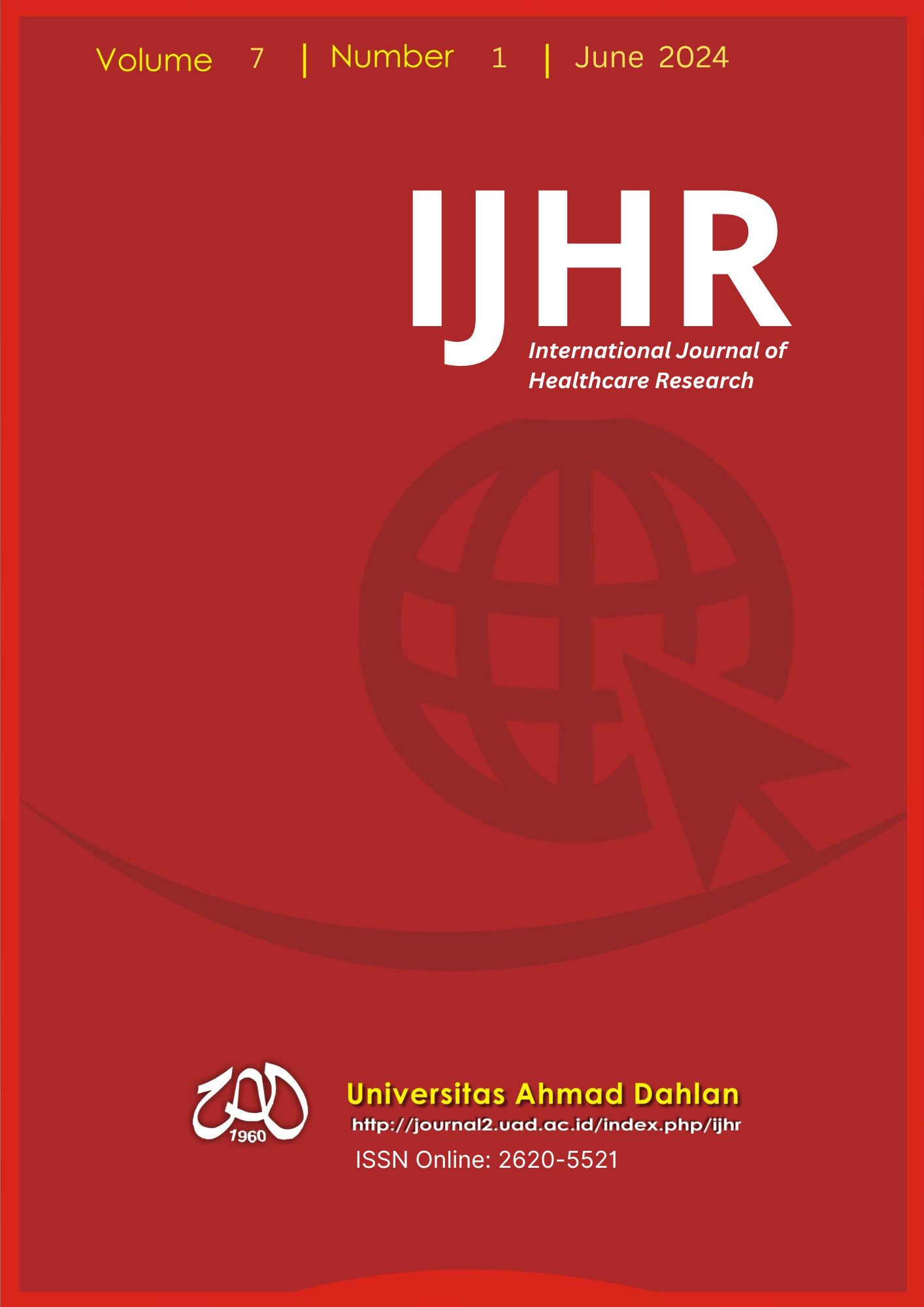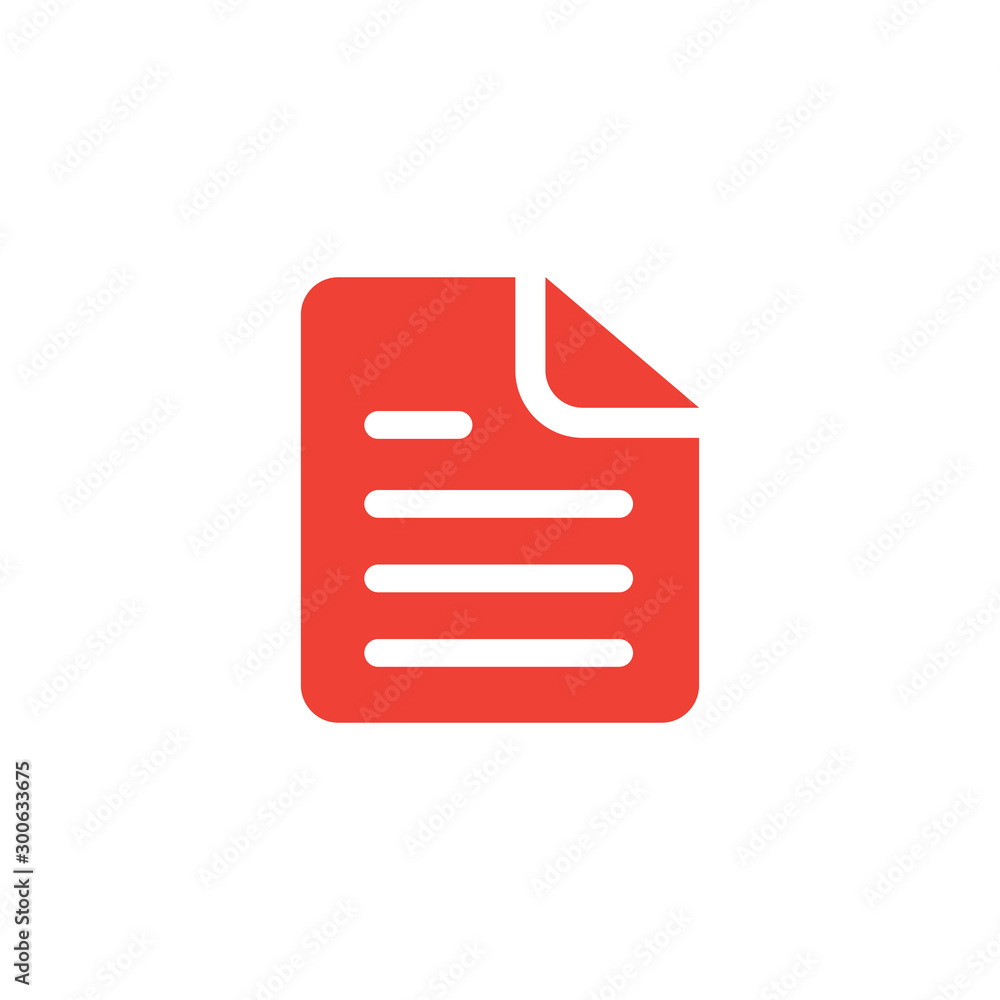Analysis of Occupational Safety and Health Risk in the Private Hospital Laboratory
DOI:
https://doi.org/10.12928/ijhr.v7i1.11303Abstract
Background: Hospitals are complex healthcare institutions, which provide diagnosis, treatment and rehabilitation services to individuals in need. Its main focus is on patient safety and risk management, including occupational safety and Health. Occupational safety and health measures aim to protect workers and visitors from potential accidents in the workplace. Clinical laboratories in hospitals are one of the areas with the highest OHS risks, which have a key role in creating a safe environment for both patients and workers. This study aims to understand laboratory activities, identify hazards and risks, assess risks, evaluate risks, and provide risk control recommendations.
Methods: This study used qualitative methods with in-depth interview techniques and observation using HIRARC form sheets. The research design used was a case study approach. Interview informants were selected through snowball sampling technique.
Results: The results of the study are in accordance with the AS/NZS 4360: 2004 standard on the HIRARC form to conduct risk assessments on microbiology, clinical chemistry and immunology, hematology, and hospital blood bank service activities. This risk assessment is used to provide risk control recommendations, which are based on the Occupational Health Safety Administration's OHS risk control hierarchy. The most dominant risk controls carried out are engineering controls and the use of personal protective equipment (PPE).
Conclusion: OHS risk analysis in the laboratory activities of PKU Muhammadiyah Yogyakarta Hospital shows satisfactory results, but still requires increased compliance in the use of PPE, updating laboratory SOPs, as well as monitoring and rearranging workspace and environmental cleanliness.
References
I. M. Apriliani, N. P. Purba, L. P. Dewanti, H. Herawati, and I. Faizal, “Penerapan Manajemen Risiko Keselamatan dan Kesehatan Kerja di Rumah Sakit Khusus Mata Medan Baru,” Citizen-Based Marine Debris Collection Training: Study case in Pangandaran, vol. 2, no. 1, pp. 56–61, 2021.
N. Ernawati and E. Nurlelawati, “Faktor-Faktor yang Berhubungan dengan Pelaksanaan Penerapan K3 di RSIA Permata Sarana Husada Periode Februari 2015,” Akademi Keperawatan Husada Karya Jaya, vol. 3, no. 1, pp. 12–18, 2017.
D. H. Purnomo, I. Indasah, and B. Melda, “Analysis of Implementation Safety and Health Occupational Management System in Kertosono General Hospital,” Journal for Quality in Public Health, vol. 1, no. 2, pp. 78–85, 2018, doi: 10.30994/jqph.v1i2.20.
Purbosari, “Strategi Pemasaran Program Green Laboratory Menuju Green Hospital dengan Metode Segmenting , Targeting , and Positioning Serta,” Jurnal Arsi, vol. 7, pp. 10–17, 2020.
N. A. Hanif, “Upaya Pencengahan Penyakit Akibat Kerja Pada Perawat Di Ruang Inap,” 2020, [Online]. Available: http://dx.doi.org/10.31219/osf.io/jxfcr
S. Nengcy, Y. Lestari, and N. Azkha, “Analisis Program Keselamatan dan Kesehatan Kerja di Rumah Sakit Umum Daerah Sijunjung,” Jik Jurnal Ilmu Kesehatan, vol. 6, no. 2, p. 497, 2022, doi: 10.33757/jik.v6i2.580.
AS/NZS 4360:2004, “Australian/New Zealand Standard Risk MAnagement,” Australian Standards / New Zeland Standards 4360:2004, 2004.
A. S. S. K. S. Cinthia Aristha, “Studi Tentang Potensi Bahaya Di Laboratorium Rumah Sakit Umum Daerah Kota Kendari Tahun 2019,” Jurnal Kesehatan dan Keselamatan Kerja Universitas Halu Oleo, vol. 1, pp. 85–98, 2019.
J. Bukit, H. Utara, N. 096, K. Perkantoran, K. Lamandau, and L.-K. Tengah, “Pengadilan Negeri Nanga Bulik Analisis Manajemen Resiko Tahun 2022 Pengadilan Negeri Nanga Bulik,” 2022.
Ida susanti, “Biorisiko Laboratorium Institusi,” 2019.
Agung W. Subiantoro, “Keselamatan dan Kesehatan Kerja Di Laboratorium Sains,” Jurnal Pendidikan Biologi FMIPA UNY, pp. 1–7, 2011.
F. R. Nuravida and I. Maylasari, “Manajemen Risiko Keselamatan dan Kesehatan Kerja (K3) pada Pengolahan Limbah Anorganik,” JurnalLentera Kesehatan Masyarakat, vol. 2, no. 2, pp. 88–98, 2023, [Online]. Available: https://jurnalkesmas.co.id/index.php/jlkm
C. Febiola Purba, “Upaya Pencegahan Hazard Kimia di Rumah Sakit,” 2020.
S. Munawaroh, I. L. Rohmah, and M. R. Kurniawan, “Pengetahuan dan Sikap Ahli Teknologi Laboratorium Medik terhadap Standar Operasional Prosedur Penanganan Sampel Sputum,” Online, 2021. [Online]. Available: http://ejurnal.poltekkes-tjk.ac.id/index.php/JK
F. Talumewo et al., “Analisis Potensi Bahaya dan Resiko dengan Menggunakan Job Safety Analisis di Unit Gawat Darurat Rumah Sakit,” Journal of Public Health and Community Medicine, vol. 1, no. 4, 2020.
I. Dewa Putu Subamia and N. Nyoman Widiasih, “Analisis Resiko Bahan Kimia Berbahaya di Laboratorium Kimia Organik,” 2019.
Waskito, A. B., & IsmawatiE, E. (2024). Analisis Kepatuhan Keselamatan Dan Kesehatan Kerja Pada Petugas Laboratorium Di Rsis Yarsis . Plenary Health : Jurnal Kesehatan Paripurna, 1(3), 108–114.
Nova Muhani, Dina Dwi Nura, Eka Indriyani (2018) Analisis Risiko Keselamatan dan Kesehatan Kerja di Laboratorium RSUD H. Abdul Moelok Provinsi Lampung
Indarwati, D. (2020). Identifikasi Bahaya dan Risk Assessment: Penerapan Keselamatan dan Kesehatan Kerja di Laboratorium. Jurnal Pengelolaan Laboratorium Pendidikan, 2(2), 51-57.
Syakbania, D. N., & Wahyuningsih, A. S. (2017). Program keselamatan dan kesehatan kerja di laboratorium kimia. HIGEIA (Journal of Public Health Research and Development), 1(2), 49-57.
Downloads
Published
Issue
Section
License
Copyright (c) 2024 Rani Deviani Siregar

This work is licensed under a Creative Commons Attribution-ShareAlike 4.0 International License.
Authors who publish with IJHR agree to the following terms:
- Authors retain copyright and grant the journal right of first publication with the work simultaneously licensed under a Creative Commons Attribution License (CC BY-SA 4.0) that allows others to share the work with an acknowledgment of the work's authorship and initial publication in this journal.
- Authors are able to enter into separate, additional contractual arrangements for the non-exclusive distribution of the journal's published version of the work (e.g., post it to an institutional repository or publish it in a book), with an acknowledgment of its initial publication in this journal.
- Authors are permitted and encouraged to post their work online (e.g., in institutional repositories or on their website) prior to and during the submission process, as it can lead to productive exchanges, as well as earlier and greater citation of published work.

This work is licensed under a Creative Commons Attribution-ShareAlike 4.0 International License.




